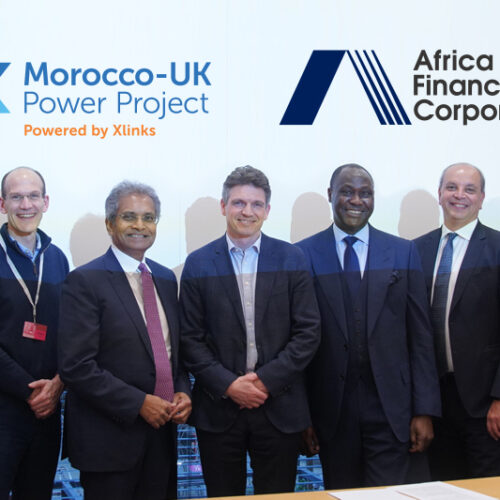Octopus Renewables and RES have announced £3 billion in investment into green hydrogen as part of a new partnership.
They will use their collective experience and capital to develop the green hydrogen plans, fueled by renewable energy when it is in abundance. They will work with large industrial partners who are looking to green hydrogen to decarbonise their operations.
Developing domestic green hydrogen will help to insulate the UK from the present and future gas price volatility. A global shortage of gas has led to skyrocketing wholesale energy prices in the UK, with gas prices growing 250% between January and September putting strain on a number of sectors in particular energy suppliers.
Britain relied on gas for 37% of its electricity supply in 2020, therefore changes in the market are felt particularly acutely.
Green hydrogen is seen as a route to greater independence and stability by many, with the Energy Networks Association releasing research earlier this month that suggested green hydrogen is the UK’s best option to circumvent future energy supply shortages.
“The supply of green hydrogen will be critical to the success of many industries in meeting the UK’s net zero targets and with this partnership we are providing a solution for those businesses to help deliver on the government’s ambitions,” said Octopus Renewables co-head, Alex Brierley.
“We invite industrial businesses that are currently using hydrogen to contact us and benefit from the early mover advantage.”
Octopus Renewables – which forms the generation arm of the wider Octopus Energy Group following its acquisition – now manages more than 300 solar, onshore wind and biomass projects worth over £3.4 billion.
The Group announced the launch of a new hydrogen arm in April. Octopus Hydrogen announced it had formed a strategic partnership with Innova Renewables and Novus to roll out green hydrogen production across the UK earlier in October.
Meanwhile, RES sits as one of the world’s largest independent renewable energy companies in the world. It has delivered 22GW of capacity globally.
“We know that renewable based electrification using wind and solar is the fastest way to decarbonise,” added Rachel Ruffle, EMEA CEO for RES. “When coupled with the production of green hydrogen, it becomes the natural choice for industry and our hard to abate sectors. Our partnership will enable industrial users to make the switch to reliable and cost-effective green hydrogen.”
The green hydrogen sector has been hotting up recently, bolstered by the government’s hydrogen strategy in August. On Tuesday 12 October, a new offshore wind consortium led by Macquarie’s Green Investment Group announced it had applied to develop an industrial scale green hydrogen production plant on the island of Flotta in Orkney, Scotland, for example.
In July, SSE Renewables announced it is planning to co-locate hydrogen production facilities at two onshore wind farms in Scotland and Ireland together with Siemens Gamesa Renewable Energy, and ScottishPower identified the Cromarty Firth as “ideal” for its 35MW electrolyser site.





